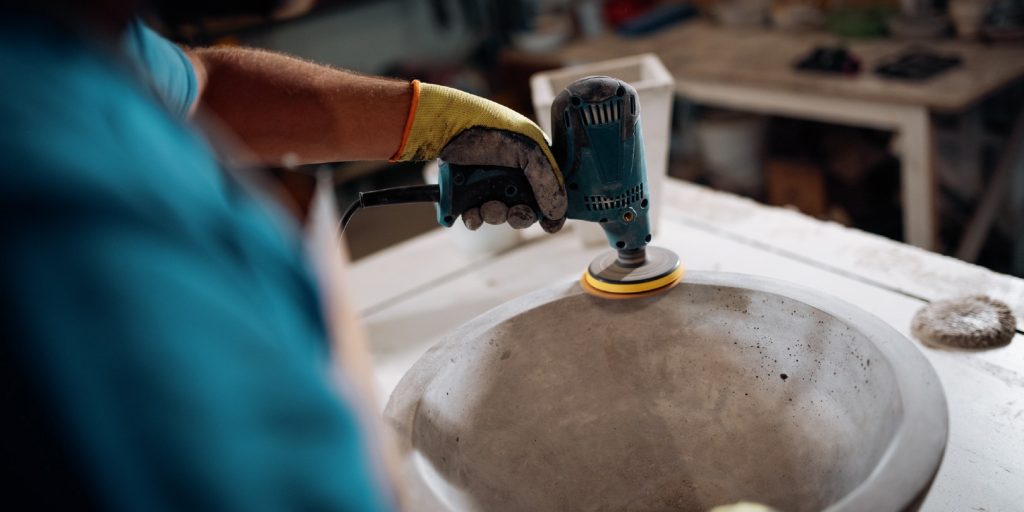Mud Kitchen DIY: Materials, Tips, and Safety

Do you want to give your little one a fun and creative activity to enjoy during the summer? Building a mud kitchen may be just the ticket! It’s an inexpensive and fun activity that’s sure to keep them entertained and engaged for hours on end.
In this article, we’ll cover everything you need to know about building a mud kitchen, from the materials and tools you’ll need to the safety considerations and tips on creating a mud kitchen that’s built to last. Plus, we’ll provide some great ideas and inspiration to get you started. With all the information we’ve included, you’re sure to be building a mud kitchen of your own in no time.
Materials Needed
To start building a mud kitchen, there are some basic materials that must be gathered in advance. You will need a large sheet of plywood sized according to the dimensions of your space, such as a corner or small outdoor area. While not absolutely necessary, a wood saw makes this task much easier by allowing you to cut the plywood to the exact size needed. You will also need a dowel jig, screws, drill bit, hinges, paint or varnish for weatherproofing. Other materials, such as children’s cooking utensils, containers for mud, leaves, rocks, shells, etc., can be added later.
Step-By-Step Guide
Once you have collected all of the required materials for your project, it’s time to begin the build! Start by measuring the plywood so it fits perfectly into the space where you will be placing your kitchen. Mark off any areas that need to be removed with a pencil or marker. Then cut out these pieces using your saw. Be sure to wear protective gear when cutting the wood.
Next, mark off areas on your plywood sheet for how wide your shelves should be and where they should be located along the sides of your kitchen. Use the dowel jig to drill holes all along these marks making sure that each hole is straight and level with one another. Install screws into each hole and ensure they are tightly secured into place. Attach hinges on both sides so that your shelves can be opened and closed as needed. Finally, use paint or varnish to weatherproof and protect your mud kitchen from the elements outside.
Tips for Setting Up a Fun and Educational Mud Kitchen
Once your mud kitchen is complete, it’s time to stock it with all sorts of items that will provide children with fun and educational playtime experiences! Some great things to include in a mud kitchen are cooking utensils such as spoons, whisks, colanders, pots, and pans; containers for mud and leaves; buckets for water; rocks or shells; and any other items that can provide tactile stimulation and hours of imaginative play! Make sure that everything is safe for children to use without supervision and is not made from any hazardous material such as lead or BPA plastics.
Safety Considerations
Safety should always be considered when constructing any type of outdoor equipment for children, such as a mud kitchen. Before letting anyone play with it, make sure that all hardware is securely fastened and nothing is sticking out that could potentially cause injury if touched. Also, make sure that any paint or finish used on the wood is non-toxic. Lastly, always supervise children while playing around in their mud kitchen to prevent any accidents from occurring.
Conclusion
Mud kitchens don’t have to be costly or complex. With the right materials and a little bit of creativity, they can provide hours of outdoor fun and learning for your kids. Safety is of the utmost importance, so check that all hardware is secure, and the paint or varnish used is non-toxic, and supervise your children when they play. With all of these tips and tricks, you are sure to make a creative, safe, and fun outdoor area that your children can call their own.
